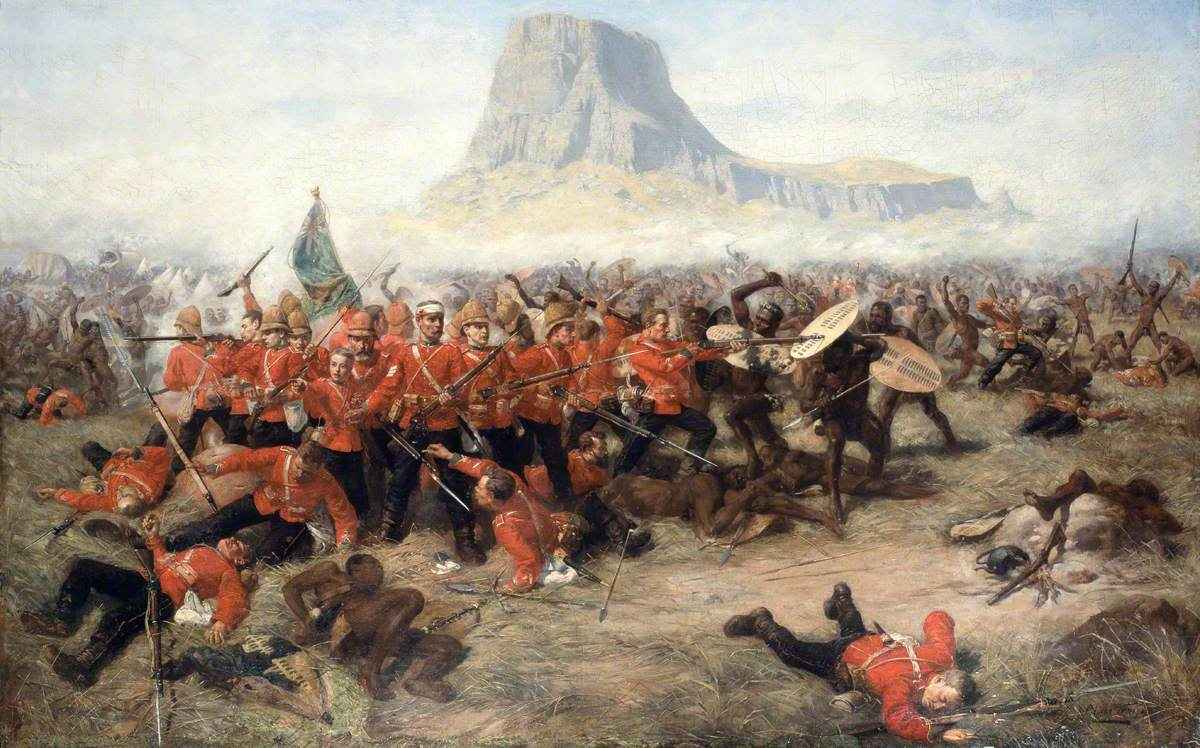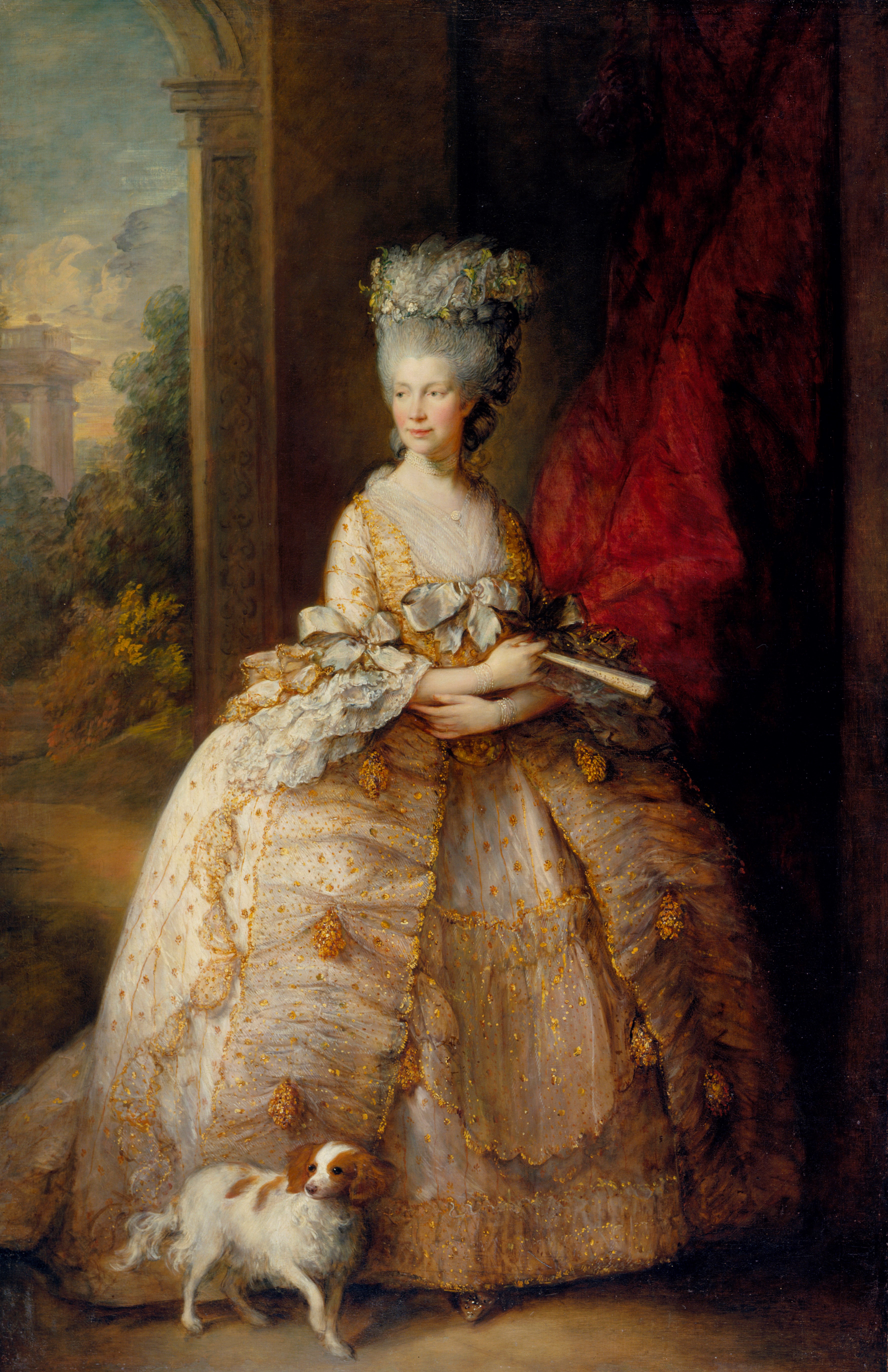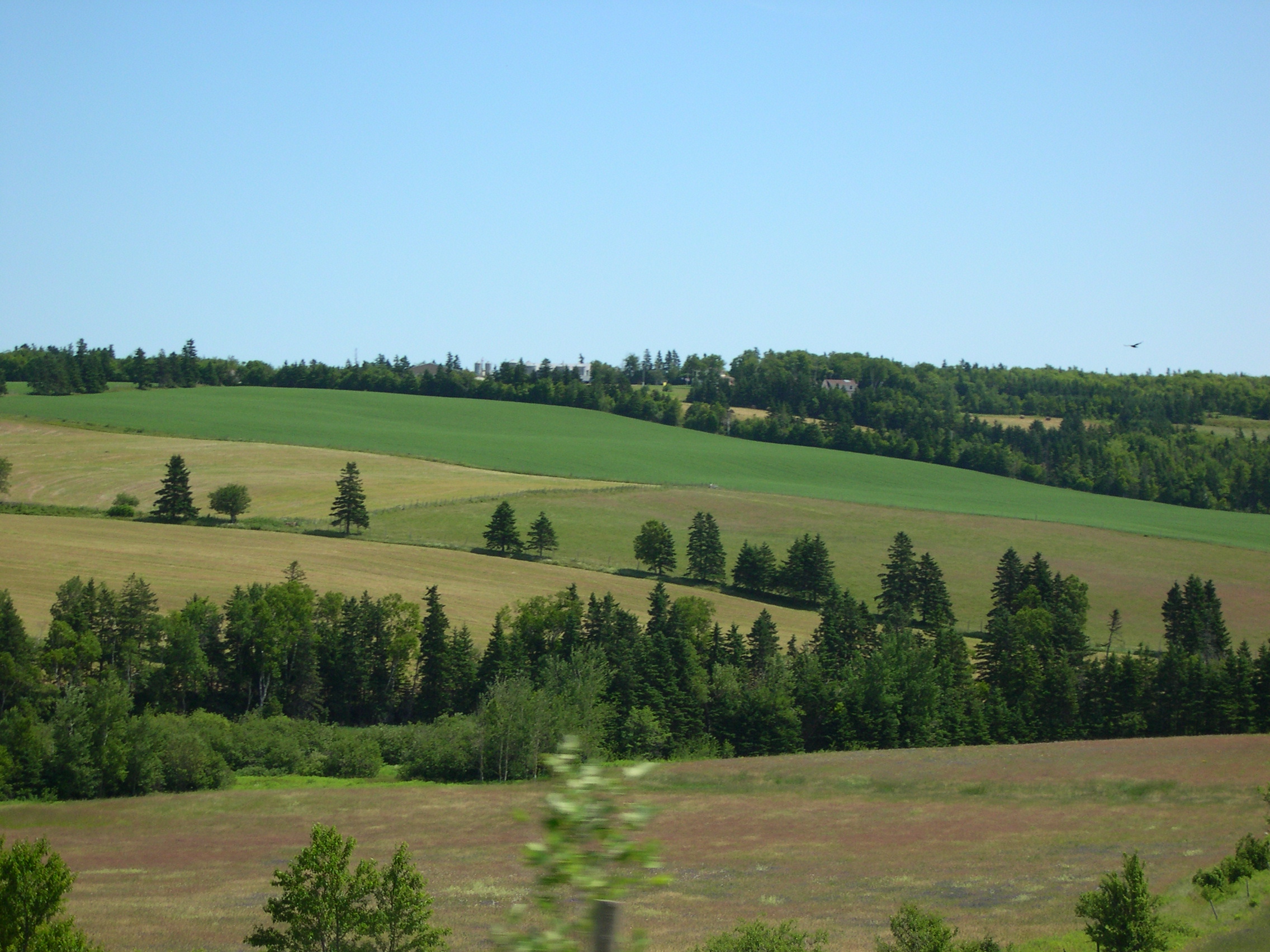|
Henry Joseph O'Leary
Henry Joseph O'Leary (March 13, 1879 – March 5, 1938) was a Canadian cleric, the fifth Bishop of the Roman Catholic Diocese of Charlottetown, and later the second Archbishop of the Roman Catholic Archdiocese of Edmonton, Archdiocese of Edmonton. Born in Richibucto, New Brunswick to Henry O'Leary and Mary O'Leary, he received his higher education from University of St. Joseph's College, St. Joseph's College in Memramcook then studied Theology at the Grand Seminary in Montreal. On September 21, 1901, O'Leary was ordained a priest in Richibucto. The same year he went to Rome, where he later earned doctorates in Theology, Philosophy, and Canon Law. In 1907 O'Leary was appointed priest for the Sacred Heart Parish in Bathurst, New Brunswick. The following year, he was appointed Vicar General for the Roman Catholic Diocese of Chatham, Diocese of Chatham. In 1913 O'Leary became Bishop for the Diocese of Charlottetown on Prince Edward Island but as St. Dunstan's Basilica in Charlotte ... [...More Info...] [...Related Items...] OR: [Wikipedia] [Google] [Baidu] |
Roman Catholic Archdiocese Of Edmonton
The Archdiocese of Edmonton () is a Latin Church ecclesiastical territory or archdiocese in the Canadian civil province of Alberta and the seat of its archbishop is at St. Joseph Cathedral (Edmonton), St. Joseph Cathedral, a minor basilica in Edmonton. The Archdiocese of Edmonton is the metropolis (religious jurisdiction), metropolitan see of its ecclesiastical province, which also contains two suffragan dioceses: the Roman Catholic Diocese of Calgary, Dioceses of Calgary and Roman Catholic Diocese of Saint Paul, Alberta, Saint Paul in Alberta. From 2007 to 2025, Bishop Richard W. Smith served as the Archbishop of Edmonton, having been appointed by Pope Benedict XVI. On Saturday, July 14, 2012, an official news release from Vatican Information Service (VIS), an arm of the Holy See Press Office, stated that Pope Benedict XVI had appointed Gregory Bittman, who until then had been serving as the Judicial Vicar and as Archdiocesan Chancellor, as an Auxiliary Bishop of the Archdiocese ... [...More Info...] [...Related Items...] OR: [Wikipedia] [Google] [Baidu] |
Philosophy
Philosophy ('love of wisdom' in Ancient Greek) is a systematic study of general and fundamental questions concerning topics like existence, reason, knowledge, Value (ethics and social sciences), value, mind, and language. It is a rational and critical inquiry that reflects on its methods and assumptions. Historically, many of the individual sciences, such as physics and psychology, formed part of philosophy. However, they are considered separate academic disciplines in the modern sense of the term. Influential traditions in the history of philosophy include Western philosophy, Western, Islamic philosophy, Arabic–Persian, Indian philosophy, Indian, and Chinese philosophy. Western philosophy originated in Ancient Greece and covers a wide area of philosophical subfields. A central topic in Arabic–Persian philosophy is the relation between reason and revelation. Indian philosophy combines the Spirituality, spiritual problem of how to reach Enlightenment in Buddhism, enlighten ... [...More Info...] [...Related Items...] OR: [Wikipedia] [Google] [Baidu] |
1879 Births
Events January * January 1 ** The Specie Resumption Act takes effect. The United States Note is valued the same as gold, for the first time since the American Civil War. ** Brahms' Violin Concerto is premiered in Leipzig with Joseph Joachim as soloist and the composer conducting. * January 11 – The Anglo-Zulu War begins. * January 22 – Anglo-Zulu War – Battle of Isandlwana: A force of 1,200 British soldiers is wiped out by over 20,000 Zulu warriors. * January 23 – Anglo-Zulu War – Battle of Rorke's Drift: Following the previous day's defeat, a smaller British force of 140 successfully repels an attack by 4,000 Zulus. February * February 3 – Mosley Street in Newcastle upon Tyne (England) becomes the world's first public highway to be lit by the electric incandescent light bulb invented by Joseph Swan. * February 8 – At a meeting of the Royal Canadian Institute, engineer and inventor Sandford Fleming first proposes the global ... [...More Info...] [...Related Items...] OR: [Wikipedia] [Google] [Baidu] |
Edmonton
Edmonton is the capital city of the Provinces and territories of Canada, Canadian province of Alberta. It is situated on the North Saskatchewan River and is the centre of the Edmonton Metropolitan Region, which is surrounded by Central Alberta, Alberta's central region, and is in Treaty 6, Treaty 6 territory. It anchors the northern end of what Statistics Canada defines as the "Calgary–Edmonton Corridor". The area that later became the city of Edmonton was first inhabited by First Nations in Alberta, First Nations peoples and was also a historic site for the Métis in Alberta, Métis. By 1795, many trading posts had been established around the area that later became the Edmonton census metropolitan area. "Fort Edmonton", as it was known, became the main centre for trade in the area after the 1821 merger of the Hudson's Bay Company and the North West Company. It remained sparsely populated until the Canadian acquisition of Rupert's Land in 1870, followed eventually by the arri ... [...More Info...] [...Related Items...] OR: [Wikipedia] [Google] [Baidu] |
Peter McIntyre (Catholic Bishop)
Peter McIntyre (June 29, 1818 – April 30, 1891) was the third bishop of the Roman Catholic Diocese of Charlottetown, succeeding Bishop Bernard Donald McDonald. Biography Early life Born in Cable Head, St. Peter's Bay, Prince Edward Island, Peter McIntyre was the son of Scottish immigrants who arrived on the Island in 1788. He received his early education from St. Andrew's College on P.E.I., before being sent to study at the College of St. Hyacinthe, followed later by a theological course at the Seminary of Quebec. Ordained a priest in 1843, McIntyre served in a number of parishes, including in Quebec and his native Prince Edward Island. On the island, he was assigned to Tignish, where he is recognized as having built one of the finest churches in Canada. He served seventeen years in Tignish before he was appointed as Bishop of Charlottetown on May 8, 1860 and was consecrated August 15 of the same year at St. Dunstan's Basilica. Bishop of Charlottetown His first issu ... [...More Info...] [...Related Items...] OR: [Wikipedia] [Google] [Baidu] |
Bernard Donald McDonald
Bernard Donald Macdonald (December 25, 1797 – December 30, 1859) was the second bishop of the Roman Catholic Diocese of Charlottetown, succeeding Bishop Bernard Angus MacEachern. Early life and education Born in St. Andrew's, Prince Edward Island,Rusty Bittermann. Rural Protest on Prince Edward Island: From British Colonization to the Escheat Movement'. University of Toronto Press; 2006. . p. 220–. McDonald was one of the first two boys from the Island sent to study for the priesthood at the Grand Seminary of Quebec in 1812, and was ordained there on June 1, 1822, the first native Islander to become a priest.Donald Alexander MacKinnon. Past and Present of Prince Edward Island: Embracing a Concise Review of Its Early Settlement, Development and Present Conditions, Written by the Most Gifted Authors of the Province'. B.F. Bowen & Company; 1906*. p. 289. [...More Info...] [...Related Items...] OR: [Wikipedia] [Google] [Baidu] |
Chaplains
A chaplain is, traditionally, a cleric (such as a Minister (Christianity), minister, priest, pastor, rabbi, purohit, or imam), or a laity, lay representative of a religious tradition, attached to a secularity, secular institution (such as a hospital, prison, Military organization, military unit, intelligence agency, embassy, school, labor union, business, Police, police department, fire department, university, sports club), or a private chapel. The term chaplaincy refers to the chapel, facility or department in which one or more chaplains carry out their role. Though the term ''chaplain'' originally referred to representatives of the Christian faith, it is now also applied to people of other religions or philosophical traditions, as in the case of chaplains serving with military forces and an increasing number of chaplaincies at U.S. universities. In recent times, many lay people have received professional training in chaplaincy and are now appointed as chaplains in schools, ho ... [...More Info...] [...Related Items...] OR: [Wikipedia] [Google] [Baidu] |
World War I
World War I or the First World War (28 July 1914 – 11 November 1918), also known as the Great War, was a World war, global conflict between two coalitions: the Allies of World War I, Allies (or Entente) and the Central Powers. Fighting took place mainly in European theatre of World War I, Europe and the Middle Eastern theatre of World War I, Middle East, as well as in parts of African theatre of World War I, Africa and the Asian and Pacific theatre of World War I, Asia-Pacific, and in Europe was characterised by trench warfare; the widespread use of Artillery of World War I, artillery, machine guns, and Chemical weapons in World War I, chemical weapons (gas); and the introductions of Tanks in World War I, tanks and Aviation in World War I, aircraft. World War I was one of the List of wars by death toll, deadliest conflicts in history, resulting in an estimated World War I casualties, 10 million military dead and more than 20 million wounded, plus some 10 million civilian de ... [...More Info...] [...Related Items...] OR: [Wikipedia] [Google] [Baidu] |
Consecrated
Sacred describes something that is dedicated or set apart for the service or worship of a deity; is considered worthy of spiritual respect or devotion; or inspires awe or reverence among believers. The property is often ascribed to objects (a " sacred artifact" that is venerated and blessed), or places (" sacred ground"). French sociologist Émile Durkheim considered the dichotomy between the sacred and the profane to be the central characteristic of religion: "religion is a unified system of beliefs and practices relative to ''sacred things'', that is to say, things set apart and forbidden." Durkheim, Émile. 1915. '' The Elementary Forms of the Religious Life''. London: George Allen & Unwin. . In Durkheim's theory, the sacred represents the interests of the group, especially unity, which are embodied in sacred group symbols, or using team work to help get out of trouble. The profane, on the other hand, involve mundane individual concerns. Etymology The word ''sacred'' d ... [...More Info...] [...Related Items...] OR: [Wikipedia] [Google] [Baidu] |
Charlottetown
Charlottetown is the capital and largest city of the Provinces and territories of Canada, Canadian province of Prince Edward Island, and the county seat of Queens County, Prince Edward Island, Queens County. Named after Queen Charlotte, Charlottetown was an unincorporated town until it was incorporated as a city in 1855. It was the site of the famous Charlottetown Conference in 1864, the first gathering of Canadian and Maritime statesmen to discuss the proposed Maritime Union. This conference led, instead, to the union of British North American colonies in 1867, which was the beginning of the Canadian confederation. Prince Edward Island, however, did not join Confederation until 1873. From this, the city adopted as its motto ''Cunabula Foederis'', "Birthplace of Confederation". The population of Charlottetown is estimated to be 40,500 (2022); this forms the centre of a census agglomeration of 83,063 (2021), which is roughly half of the province's population (160,302). History ... [...More Info...] [...Related Items...] OR: [Wikipedia] [Google] [Baidu] |
Prince Edward Island
Prince Edward Island is an island Provinces and territories of Canada, province of Canada. While it is the smallest province by land area and population, it is the most densely populated. The island has several nicknames: "Garden of the Gulf", "Birthplace of Canadian Confederation, Confederation" and "Cradle of Confederation". Its capital and largest city is Charlottetown. It is one of the three Maritime provinces and one of the four Atlantic provinces. Part of the traditional lands of the Mi'kmaq, it was colonized by the French in 1604 as part of the colony of Acadia. The island, known as Isle St-Jean (St. John's Island), was ceded to the British at the conclusion of the Seven Years' War in 1763 and became part of the colony of Nova Scotia. In 1769, St. John's Island became its own British colony and its name was changed to Prince Edward Island (PEI) in 1798. PEI hosted the Charlottetown Conference in 1864 to discuss a Maritime Union, union of the Maritime provinces; however, ... [...More Info...] [...Related Items...] OR: [Wikipedia] [Google] [Baidu] |
Roman Catholic Diocese Of Chatham
The Diocese of Bathurst (originally Diocese of Chatham) () is a Roman Catholic suffragan of the Archdiocese of Moncton. It has its cathedral episcopal see, Sacred Heart Cathedral, in Bathurst, New Brunswick, Canada. History On 8 May, 1860, the Diocese of St. John was divided, creating the Diocese of Chatham. The diocese comprises the northern half of the Province of New Brunswick, including the counties of Gloucester, Madawaska, Northumberland, Restigouche, Victoria, and the part of Kent north of the Richibucto River. This territory formerly belonged to the Diocese of St. John, itself originally a portion of the Archdiocese of Quebec. James Rogers was appointed the first bishop and consecrated 15 August in the same year. On his arrival at Chatham, Bishop Rogers found only seven priests to attend an immense stretch of country. During his episcopate of forty-two years, the diocese greatly expanded; by the time he resigned on 7 August, 1902, he left a diocese of 47 parishe ... [...More Info...] [...Related Items...] OR: [Wikipedia] [Google] [Baidu] |






